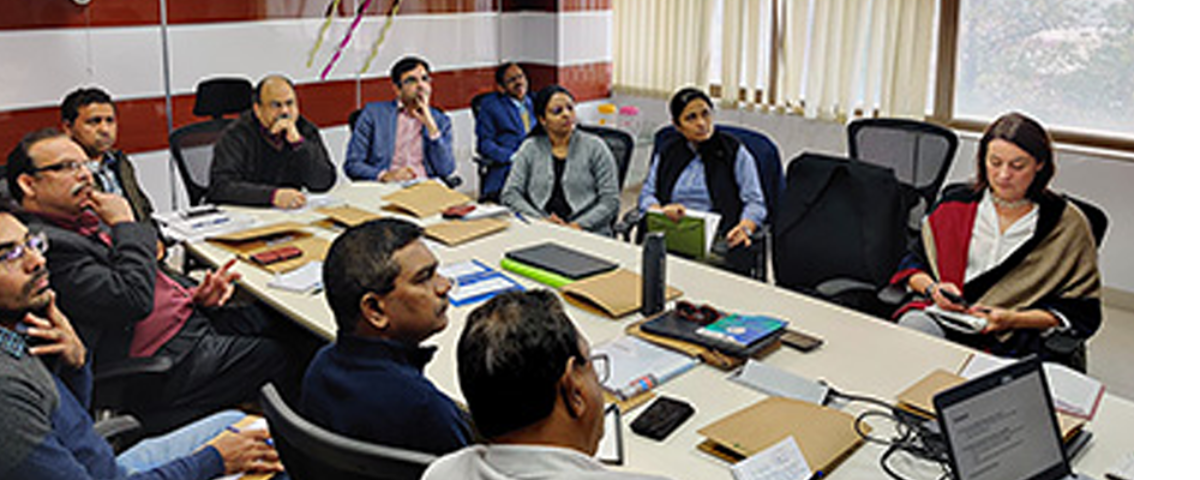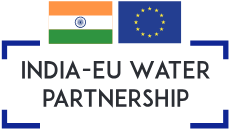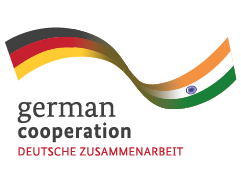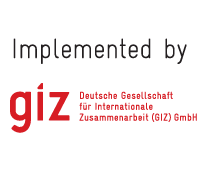IEWP Action Phase 1

PR1: Sustainable Development of River Basins and Water Governance
A River Basin Management Plan for the Tapi River is being developed on a trial basis, merging EU good practices with Indian approaches. This approach is fully aligned with the principles of the River Basin Management Cycle that guides the management of rivers in the EU.
PR2: Environmental Flows (E-Flows)
A guidance document for pilot testing an E-flows assessment methodology for possible policy integration is currently being developed. Using this document, E-flows can be jointly assessed for critical stretches in three River Basins (Ramganga, Mahanadi, and Bharatpuzzah) having different social and hydrological regimes.
PR3: Ganga Rejuvenation (including cGanga Cooperation)
An interactive dashboard on the water quality of River Ganga is being developed. In close cooperation with the World Bank’s Water Resources Group 2030 and the Netherlands, a multi-stakeholder engagement and process is being applied in the Hindon River Basin to achieve:
- improved data management for well-informed decision-making and monitoring;
- development of a strategic River Basin Management approach including Key Water Management Objectives,
- related visions and management objectives to tackle the Hindon River’s Rejuvenation.
PR4: Groundwater Use
Knowledge Sharing and Capacity Building based on the EU’s approaches to groundwater management are provided. This contributes to the development of the groundwater chapter of the Tapi River Basin Management Plan (PR1). Further, technical support on the use of innovative technologies for aquifer mapping and data analysis is also provided.
PR5: Water Use in Irrigation
A canal automation Action Plan for the tertiary distribution system of the Upper Indrawati irrigation project in Odisha is being developed on a trial basis. Further, a protocol for estimating irrigation efficiency for the Mahuar (Madhya Pradesh), Lower Panjara (Maharashtra), and Golavagu (Telangana) irrigation projects is also being prepared.
PR6: Solar Pumping for Irrigation as Part of River Basin Management Plans
This PR is closely linked to PR1. As part of the Tapi River Basin Management Plan, possible impacts on groundwater quantity through the extensive use of solar pumps are being investigated.
PR7: Capacity Building
This PR involves capacity building on various topics under the Priority Areas. Technical training exchanges are and will be organized including E-Flows, River Basin Management, Groundwater Management, Irrigation Efficiency, Wastewater reuse, and more.
PR8: Treated Wastewater Re-use
Approaches for the re-use of treated wastewater in the Ganga and other River Basins are being developed. EU good practices are intended to feed into this PR.
PR9: Collaboration in Research, Innovation & Technology
Ways to link present collaborative research and innovation projects between the EU and India with the selected PRs of the IEWP will be explored. In this context, synergies with the EU’s Horizon2020 water projects are mutually exploited towards the best possible results. Further, the IEWP will support the dissemination of the EU’s best technologies.
For each of the PRs, an Indian nodal technical officer has been nominated by the MoWR, RD & GR, GoI as well as EU technical coordinators. In close collaboration, the Indian and EU nodal officers are responsible for developing and implementing activities corresponding to their PR. A list of Indian nodal officers and EU technical coordinators for each of the priority areas can be accessed. The latest IEWP Action Plan for all the nine Priority Areas is a living document.




